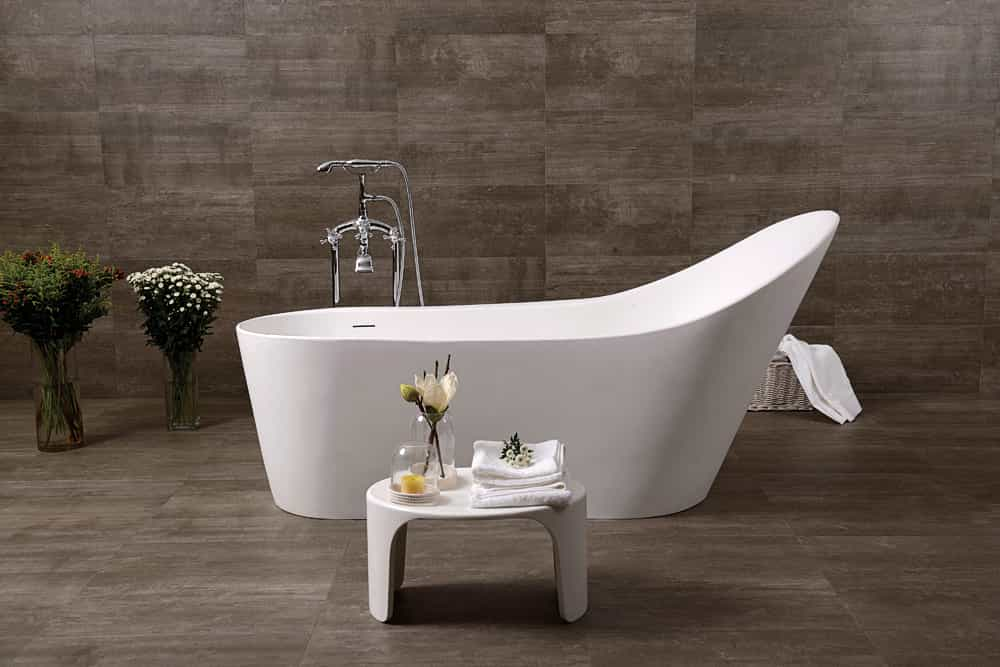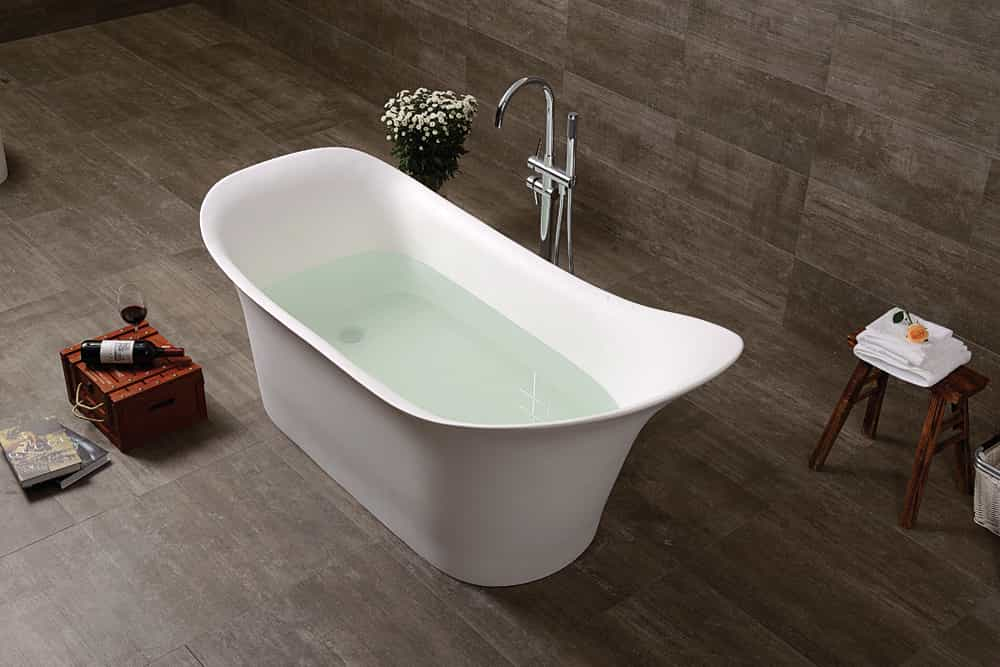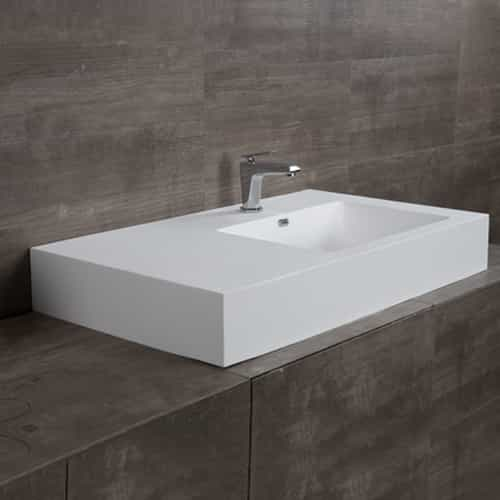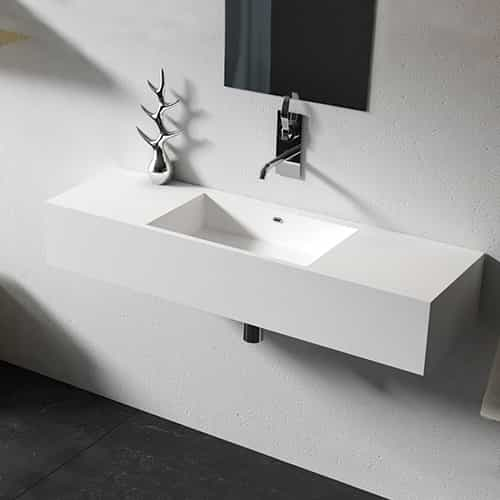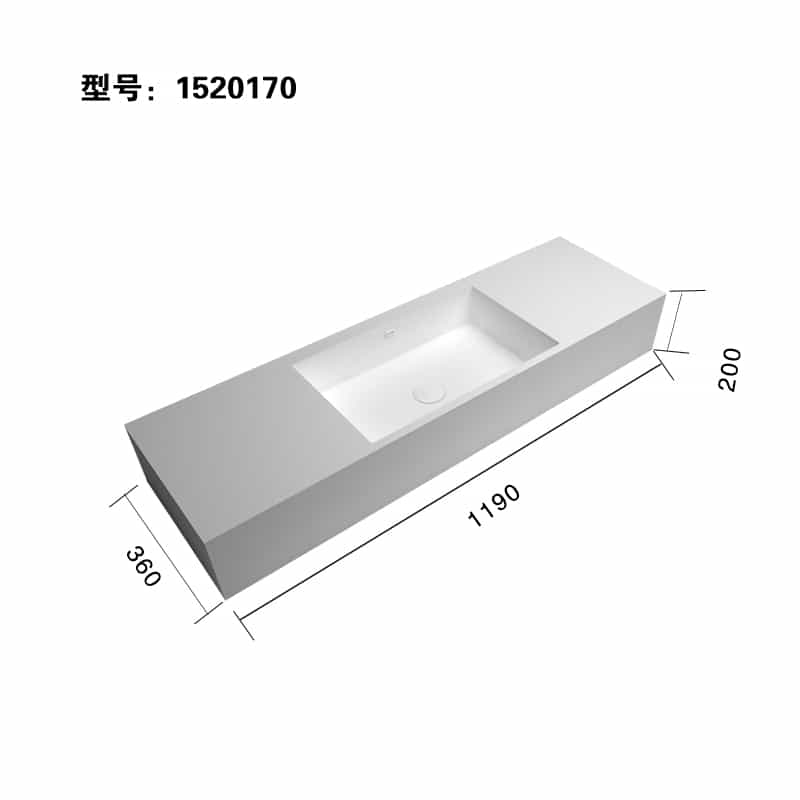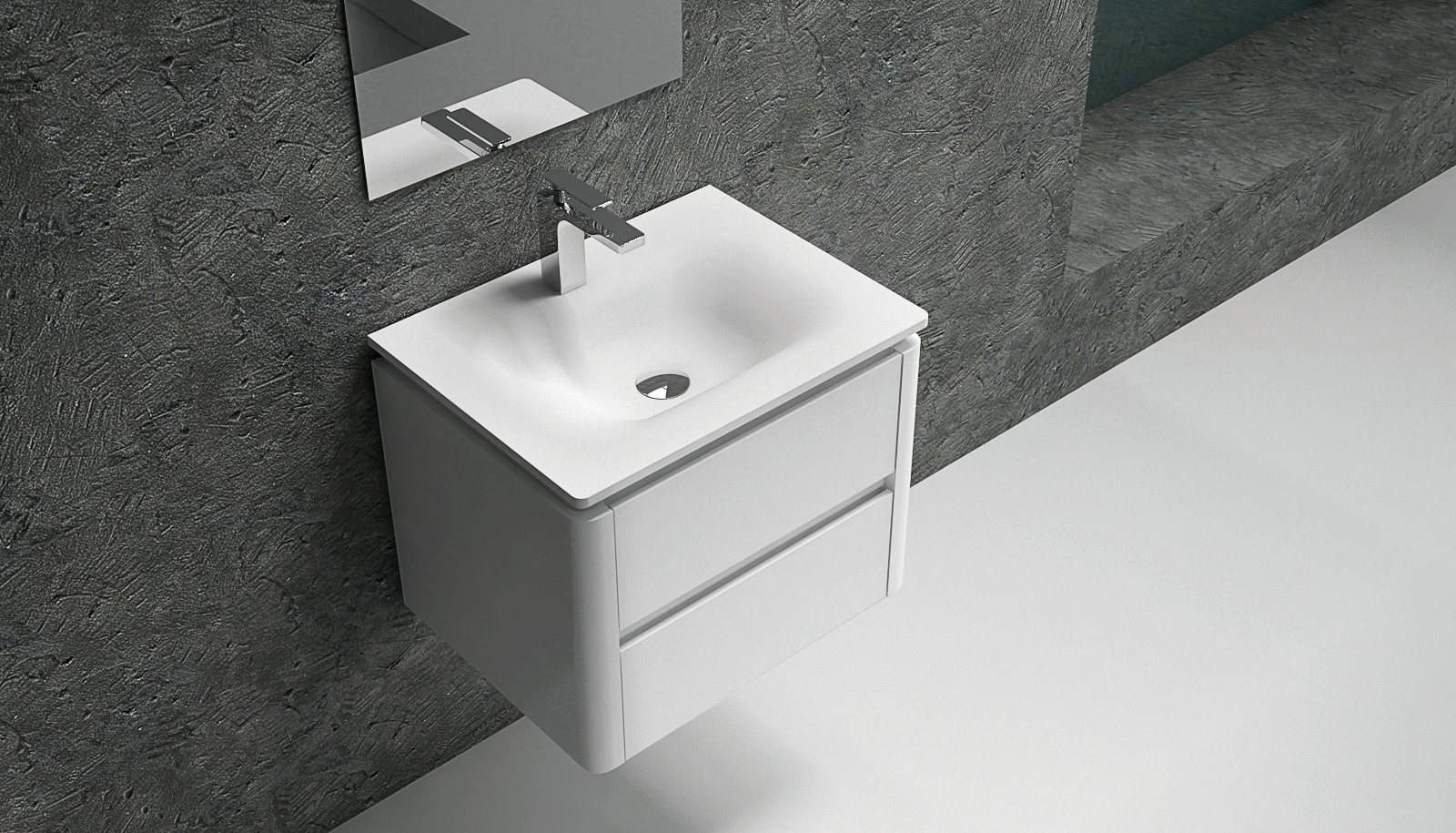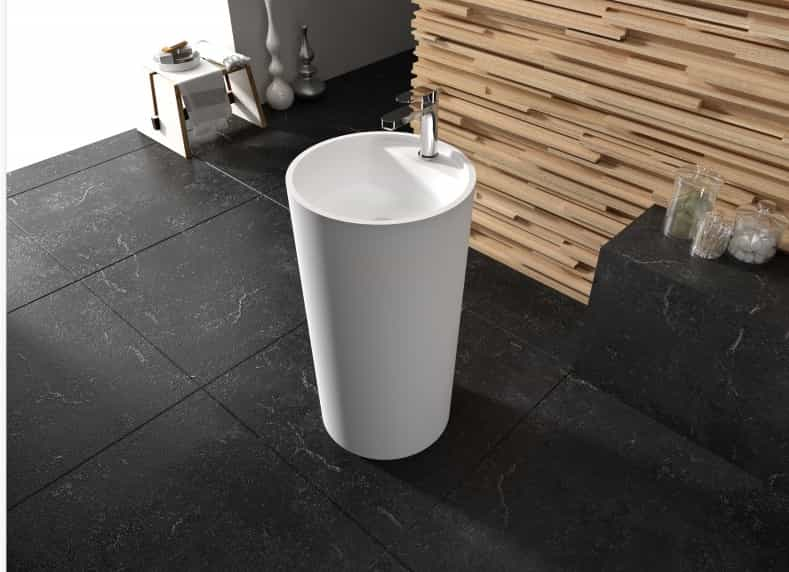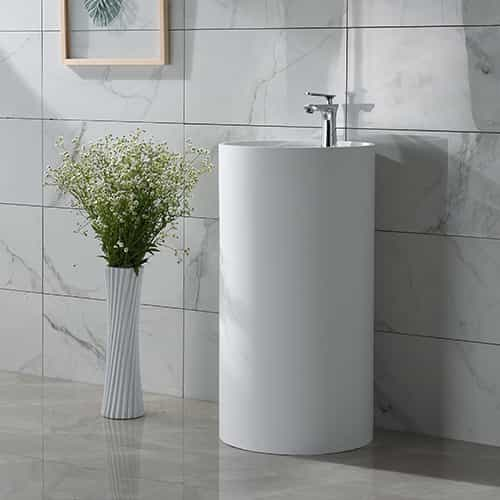
The open kitchen has a large space, a wide view, and a good overall visual effect. It is a very popular kitchen design at present.
However, in an open kitchen, oily fumes can easily spread to the living room, polluting the sofas and curtains in the living room. Therefore, the open kitchen needs to be equipped with a range hood with strong suction and low noise to reduce or avoid the pollution of oil fume to other rooms.
Therefore, the following points should be paid attention to when installing a range hood in an open kitchen:
1. Suction and noise
For an open kitchen, try to choose a range hood with a large suction power, which can reduce the pollution of the lampblack to other rooms. It is recommended to choose a range hood with an air volume of 20m³/min or more. The wind pressure can be selected according to the difference in the number of floors between the living floor and the top floor. It is recommended not to be lower than 300Pa. The lower the floor, the greater the wind pressure required. For every 10 floors, increase the wind pressure by 50Pa.
The greater the suction power of the range hood, the greater the noise it will produce. Compared with traditional kitchens, the door can be closed to avoid the noise of the range hood from disturbing others, but it cannot be avoided in an open kitchen, so you can only choose a range hood with relatively low noise.
If the budget allows, you can consider choosing a frequency conversion range hood. This type of range hood can adjust the speed according to the range hood, reduce noise, and have a better energy-saving effect.
2. Style
The open kitchen emphasizes the overall effect, so the requirements for the style of the range hood are relatively high.
For open kitchens, you can choose range hoods of European style, side suction type, island type, and hidden type. Among them, the European-style range hood has a simple and elegant appearance, which is suitable for various design styles.
The side-suction range hood is closer to the smoke stove, and the lampblack does not cover the face and does not touch the head, which is more suitable for taller families. Moreover, the side-suction range hood has a patented fume separation plate, which has good fume separation effect and is easy to clean.
The side suction range hood has been around for a short time, the technology is relatively immature, the noise is relatively loud, and it is easy to be polluted by vegetable residues, so it needs to be cleaned frequently, so you can pay due attention when purchasing.
The center island design is a commonly used design in open kitchens, which increases the working area and storage space of the kitchen, and has multiple functions. Many families like to install the stove on the center island.
The center island is not against the wall, so the range hood used is different from the traditional range hood against the wall. If the kitchen adopts this design, a center island type range hood needs to be installed.
In addition to the island-style range hood, you can also choose a hidden range hood. When the range hood is not in use, the range hood can be hidden under the countertop to make the countertop more tidy. Moreover, the hidden range hood is less restricted by the environment, whether it is installed against the wall or on the island platform, it can be installed.
3. Clean
Long-term use of the range hood requires regular cleaning of the range hood. Therefore, it is more important whether it is easy to be polluted by lampblack, whether the exterior is easy to scrub, and whether the cabinet is easy to disassemble and assemble.
The exterior of most range hoods is relatively easy to scrub, and the interior can choose products with functions such as seamless design and one-piece molding. In addition, some range hoods have self-cleaning technology, which can reduce the frequency of manual cleaning, but cannot replace manual cleaning.







